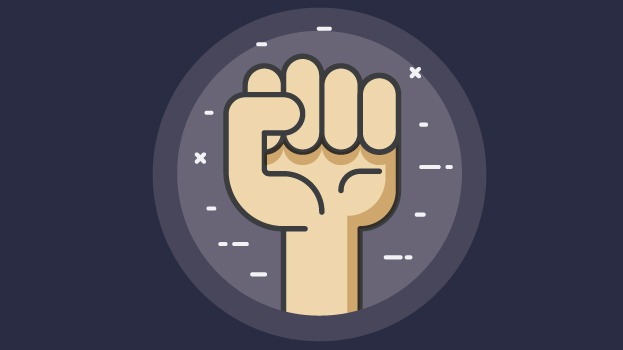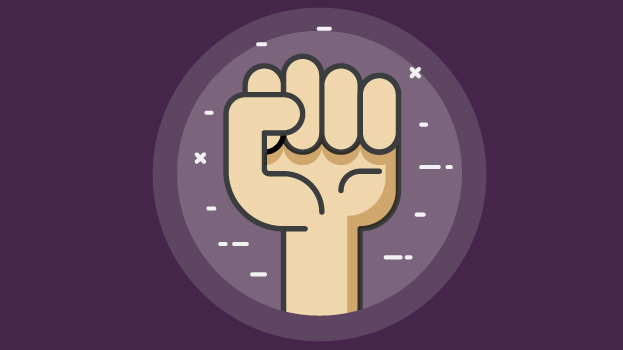What is diversity, and what does it really mean to the business world?
To put things simply, diversity is “the condition of having or being composed of differing elements; especially the inclusion of different types of people (such as people of different races or cultures) in a group or organisation.”
Businesses are beginning to recognise the profound benefits that diversity beholds. It’s true that social change has given rise to increased diversity within the workplace, yet we still have a long way to go and room for progress.
One of the primary issues businesses face is their lack of genuine understanding and appreciation for diversity. While organisations may be quick to jump on the diversity bandwagon, they often fail to truly understand the “what” “why” and “how” of diversity. Organisations need to gain a more in-depth understanding of what workplace diversity is (and what it’s not!), as well as why it’s important. Once this understanding is fostered, businesses can create a proactive strategy to cultivating diversity within their particular organisation.
What Is It?
In the words of Nelson Mandela, “education is the most powerful weapon which you can use to change the world.” If diversity is to be achieved, we must first educate ourselves about what a diverse workforce looks like. Diversity may seem like an obvious concept, but surprisingly, many businesses still misinterpret diversity as something far simpler. A common misconception is diversity is simply recruiting people from a range of backgrounds, whether it be a range in age, sexuality, gender, nationality or any other attribute. While this is one important aspect to achieving diversity, it is not the full picture.
“A common misconception is diversity is simply recruiting people from a range of backgrounds.”
True workplace diversity not only consists of people from a range of backgrounds, but also people who have different ideas, mindsets, worldviews and personalities. While encompassing a range of backgrounds will usually lead to a range in these personal attributes, it is not always the case. The desire to hire a “cultural fit” often leads to the problem of hiring people of exactly the same personality type, who just happen to be from a range of cultures or backgrounds. True diversity is achieved when an employer encompasses all differences: differences in background and differences in personality.
Why Is It Important?
When it comes to diversity, there are a multitude of studies, statistics and publications which display its profound value. Creating ethnic diversity increases revenue by 15%, whilst a gender diverse team can increase revenue by a whopping 41% alone. There is an abundance of such facts and figures. Overall, the value of workplace diversity is known, and moreover, inherent to our intuition and common sense. In terms of team benefits, one employee’s weakness is likely to be compensated by a co-worker, and vice versa. Evidently, a range in “brain power” and backgrounds generates larger thinking, improved productivity and increased profitability as there is a huge range in skills and ideas. Overall, the company will have diverse perspectives, better enabling it to tackle business challenges, whether that be empathising with a customer/client or finding a unique solution to a problem.
How Can I Recruit For Diversity?
Once the value of diversity is understood and appreciated, the next step is to implement a strategy to foster diversity in your business. Recruitment is one obvious method to gaining a team of all different people (following this, it’s down to onboarding processes and company culture). Here’s 5 ways to ensure your recruitment strategy is alignment with diversity.
Develop The Reputation as a Supporter of Diversity
When a job is on the line, it’s not just the candidate who is assessed. Remember that recruitment is a two-way street, and candidates will undoubtedly be forming opinions on your company in relation to what they’re looking for. What does this have to do with diversity? Well, workplaces which uphold the reputation of being a diversity-supporter will attract a larger range in talent and diverse backgrounds.
In fact, a recent study has proved that 67% of both active and passive job seekers say diversity is of importance to them. This is especially true for minority groups. An American study on the subject showed that 89% of African-American respondents, 80% of Asians, and 70% of Latinos concur that workplace diversity is one of their priorities when considering a job. These statistics may be encompassing the American population, but they ring true worldwide.
Clearly, displaying your endorsement of workplace diversity as well as making sure these values are upheld within the company is essential. This may be done by getting behind local groups for a cause, such as charities in support of indigenous people, or voicing your support on special dates such as International Women’s Day. Whatever the strategy, your active approach to supporting diversity will lead to a positive reputation amongst a range of candidates.
Use Job Descriptions Wisely
Your job description is often the initial text which will bridge a relationship between the company and potential candidates. Evidently, this text is of huge importance. Not only does it offer the opportunity to voice your company values, but in doing so, also leads to responses from candidates who align with these particular values. One of the most common mistakes is the overuse of technical terms and jargon in job descriptions, which in turn, leads to candidate’s responding in this (often meaningless) language. If you want a diverse range of candidates with skills in critical thinking and big ideas, you must embed these values within the structure of the job description.
There are obvious ways of encouraging diverse candidates, such as simply stating this in the text. However, there are some less obvious ways to be diversity-friendly in your job description. Being gender-neutral will avoid any assumptions about the candidate’s sex. Overall, the tone should be friendly and encouraging.
You may also choose to offer benefits which support diversity, such as the option to work at home (for parents, or those who are geographically isolated), or you may consider having a scheme dedicated to mental health within your workplace.
Create A Diverse Talent Pool Through Effective Networking
When a position becomes available, you may choose to use your talent pool. If this talent pool is diverse, you will have access to a huge range of different candidates right at your fingertips. The problem with networking (and the resulting talent pool) is it often arises out of industry-specific groups which all value the same attributes, ultimately leading to a homogenised pool.
When developing your talent pool, be aware of selecting people with the same degrees or qualifications, or people who have only worked in the specific industry. A way to tap into a diverse range of talent is to advertise a position on social media. Rather than only advertising to certain talent of a specialised field, social media allows you to access a whole range of followers who are interested in what you do and why you do it. Another method is to form relationships with diverse communities, which will often offer sponsorships and other incentives (such as mentorship) to those of diverse backgrounds.
Be Aware of Bias
Bias is one of those instinctive human traits which lets us down, especially when trying to make open-minded and effective decisions in recruitment. There’s no coincidence that Anglo-Saxon names get more interest than those with “foreign” names, with “white sounding names” receiving 50% more interest.
Unconscious bias has even been named as “the interview problem that won’t go away”.
It’s true that personal bias isn’t something we can simply erase, but in the words of Google “we need to make the unconscious, conscious.” Simply turning awareness to personal bias is the first step to combatting its effects and becoming open to all possibilities afoot. Harvard’s Implicit Association Test is an online tool which allows you to become aware of what biases you may have.
You can also fight personal bias in by using tools to assist your rational thinking and limit personal response, such as utilising a selection criterion, conducting interviews which are structured in their nature, and having a diverse range of interviewers on the panel. Overcoming personal biases can also be aided by educating yourself on why these biases are ill-informed and detrimental.
Follow Up With Analysis
Today, we are lucky enough to have access to a range of tools which are designed to assess the effectiveness of our online content. Such tools include linguistic analysers, which assess the tone of the text, and Google analytics which analyses how the web page is being used and viewed. Such tools can be applied to online job advertisements to gain a fantastic insight into how appealing it is for a diverse audience. The gender decoder calculates the amount of “masculine-coded language” appears in the job ad, compared to “feminine-coded language”. Following up with analytics in this way allows you to assess the effectiveness of your strategy, and what needs to improve in the future.
It’s clear that workplace diversity isn’t just a buzzword. It’s something fundamental to combatting inequalities, and allowing business to thrive with assorted talent and personalities. Accordingly, businesses need to “practice what they preach” and implement pragmatic ways of fostering a diverse team. When the value of diversity is truly appreciated by leaders, the endless ways to supporting diversity every day become instinctive.













 September 8, 2016
September 8, 2016 







